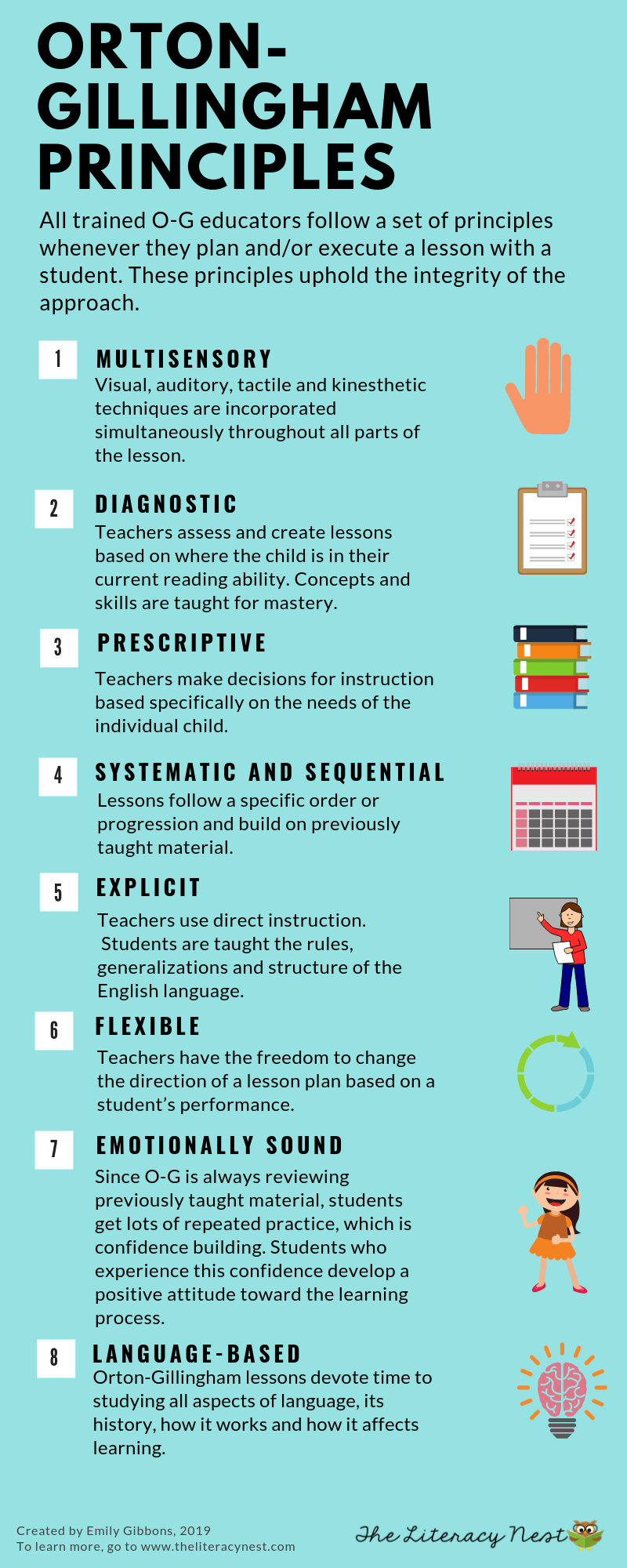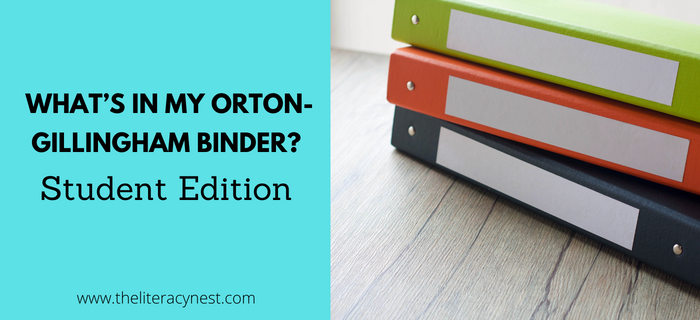Five Reasons To Believe In The Orton-Gillingham Approach

If you do an online search for reading interventions, your head will start to spin. The marketplace is full of products, programs and philosophies of reading. As an educator for over twenty years, I have used my fair share of different programs and products. Nothing compares to the success I have seen since I began tutoring with Orton Gillingham.
Books and research tell will tell you all sorts of reasons why the Orton-Gillingham approach is effective for people with dyslexia. But for today, let’s keep it simple.
Why do I believe in Orton Gillingham?
Here are 5 reasons.
- Orton Gillingham tutoring, particularly when taught one-on-one, builds confident readers. The programming progresses in a way that is emotionally sound, giving students just the right amount of support and never asking them to do something that they haven’t been taught. Kids are motivated by their success and they have an opportunity to build a strong relationship with their instructor. Many kids begin Orton Gillingham tutoring feeling defeated by the task of reading and have often experienced embarrassment or humiliation. Orton Gillingham allows students to build trust with their instructor. Often the first sign parents notice is how much more confident and comfortable their son or daughter appears to be.
- Orton Gillingham gives students a systematic, structured approach to reading. It is tailored to their needs as a student with dyslexia. Beyond that, it meets the needs of the individual learner. Perhaps most importantly, science supports the OG approach and methodology.
- It literally rewires the brain! There is no cure for dyslexia, but it is possible with multisensory strategies, repetition and the amount of overlearning involved to strengthen efficient neural pathways. One of my favorite things as students reach late elementary or middle school age is how metacognitive they become. Students understand how multisensory activities strengthen neural pathways.
- You can be flexible in your lesson planning to make lessons more individualized. Whether you incorporate a student’s favorite characters into sentence dictation, or vary the pace you introduce new concepts, you never have to worry about a mismatch between the lesson in the teacher’s guide and what your student needs.
- Too often in the classroom, instruction moves on just as the struggling student is beginning to make some progress. The longer a reader struggles, the bigger the distance between the skills the student needs to master, and those skills being taught in the classroom. In Orton Gillingham lessons, we teach to mastery and constantly review. Classroom teachers rarely has time to teach to the point of mastery. This is particularly true for students who need more time. Review is a crucial part of Orton Gillingham instruction. Games and activities make review and reaching a state of mastery fun and engaging.

BONUS
But wait! There’s more. In case 5 reasons weren’t enough, Orton-Gillingham instruction is active. By incorporating movement in our lessons, we support students with working memory challenges as well as keeping learning fun, engaging and motivating. Since ADHD and dyslexia often go hand in hand, active instruction helps make learning accessible to our students with attentional challenges. Read “How To Incorporate Movement In Orton-Gillingham Lessons” for more ideas.

In “How To Explain Orton-Gillingham To Families“, you’ll find more helpful information and a free download to pass out.
Thank you for stopping by today!




